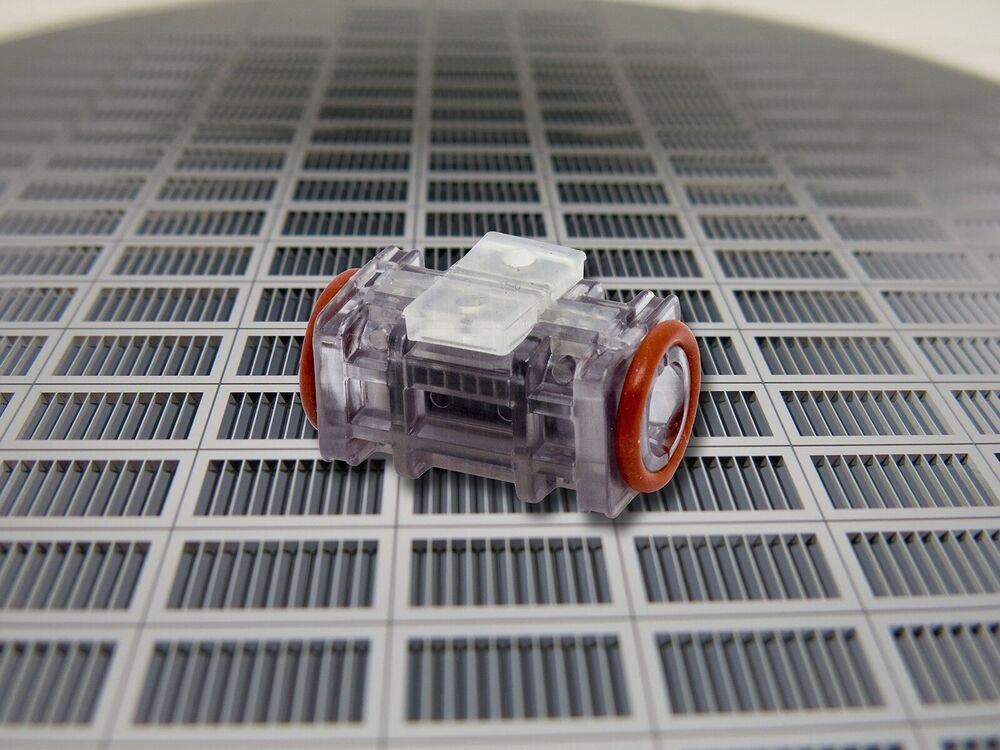While chlorine and ultraviolet light are the standard means of disinfecting water, ozone is equally effective in killing germs. To date, ozone has only been used as an oxidation agent for treating water in large plants. Now, however, a project consortium from Schleswig-Holstein is developing a miniaturized ozone generator for use in smaller applications such as water dispensers or small domestic appliances. The Fraunhofer Institute for Silicon Technology ISIT has provided the sensor chip and electrode substrates for the electrolysis cell.
Compared to conventional means of disinfection such as chlorine or ultraviolet, ozone dissolved in water has a number of advantages: it is environmentally friendly, remains active beyond its immediate place of origin, has only a short retention time in water and is subsequently tasteless. Due to its high oxidation potential, ozone is very effective at combating germs. It breaks down the cell membrane of common pathogens. In Germany, ozone is chiefly used to disinfect swimming pools and drinking water and to purify wastewater. Yet it is rarely used to disinfect water in domestic appliances such as ice machines and beverage dispensers or in other fixtures such as shower-toilets. MIKROOZON, a project funded by the State of Schleswig-Holstein and the EU, aims to change this.
